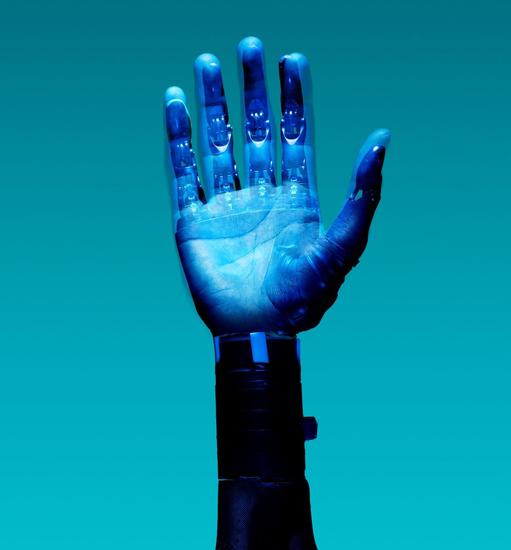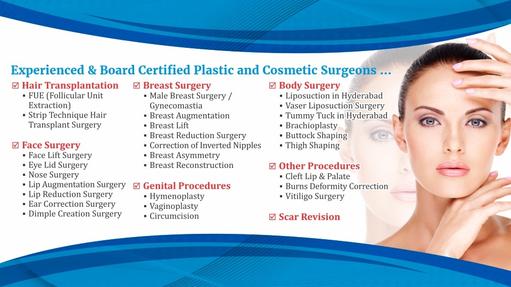- The CoVID-19 pandemic has been controlled by government policies that restrict individual behaviour
- Even if the accelerated vaccine development goes to plan and is successful, government restrictions will be necessary for some time yet
- Recent research suggests that, at the height of the CoVID-19 pandemic, people with narcissistic and other “dark” personality traits flouted public health restrictions
- Research has also shown that the coronavirus can be spread by a relatively small group of individuals who break public health protocols
- Could a small group of asymptomatically infected individuals with narcissistic traits trigger a renewed and significantly more devastating outbreak of CoVID-19?
Narcissism and a second more devastating wave of CoVID-19
Research suggests that in early 2020, at the height of the CoVID-19 pandemic, people with narcissistic and other “dark” personality traits, (Machiavellianism and psychopathy) flouted public health restrictions, such as social distancing, stay-at-home measures, mask-wearing and hand washing, introduced to prevent the spread of the coronavirus.
The fastest and deepest global economic shock in history
The outbreak of CoVID-19 in December 2019 started an epidemic of acute respiratory syndrome in humans in Wuhan, China, which quickly became a pandemic responsible for the fastest and deepest global economic shock in history. In a matter of weeks, stock markets collapsed, credit markets froze, huge bankruptcies occurred, unemployment rose above 10% and annual GDP rates contracted by 8% or more. In the absence of either a vaccine or a therapy, the social and behavioural sciences were used by governments to help align human behaviour with the recommendations of epidemiologists and public health experts to reduce the impact of the coronavirus outbreak.
Measures were successful and as nations regained control of the virus’s transmission and reduced the burden on their healthcare systems, restrictions were relaxed or removed to re-energise damaged economies and encourage more viable lifestyles with the virus still in circulation. In many countries, this increased the incidence levels of CoVID-19, hospitalisations and deaths; and governments had no alternative but to re-instate selected restrictions on people’s behaviours.
Now, some ten months after the initial outbreak, governments throughout the world are bracing themselves in the knowledge that a relatively small group of people who flout restrictions could cause the coronavirus to return, which some analysts suggest could be more devastating than the impact of its initial outbreak. This is because healthcare systems have been significantly weakened and are struggling to cope with huge backlogs of patients whose treatments have been delayed because of the coronavirus, economies have been damaged, and the annual winter flu epidemic is expected in most Western developed nations.
In this Commentary
This Commentary describes the findings of three recent studies, which examine the relationships between the Dark Triad traits (i.e., narcissism, Machiavellianism and psychopathy) and behaviours related to the COVID-19 pandemic. Findings suggest that, at the height of the pandemic in March and April 2020, people with narcissistic and psychopathic personality traits were more likely to ignore rules, such as hand washing, social distancing, staying-at-home and mask-wearing and therefore could have become super spreaders of the disease. The Commentary focusses on narcissistic traits. We begin by underlining some of the challenges of developing and manufacturing a CoVID-19 vaccine at scale, which is safe and effective. We then describe Narcissistic Personality Disorder (NPD) and the R number, which governments have used to explain how well the virus is being controlled. We also describe the lesser known K metric, which is critical to epidemiologists’ attempts at understanding how CoVID-19 is actually transmitted. We then briefly describe the concepts of super spreaders and super-spreading events, which help to explain how a relatively small group of people can have a significant impact on the transmission of the coronavirus. Brief descriptions of the findings of three recent research studies follow. These suggest that people with narcissistic and other “dark” personality traits, break public health restrictions. Finally, we draw attention to the limitations of the studies and provide some “takeaways”.
Developing and scaling vaccines is challenging
Although scientists look likely to produce a CoVID-19 vaccine much faster than anyone could have predicted, and governments have pre-purchased about 4bn doses of these for delivery at the end of 2020, developing a safe and effective vaccine at scale is challenging. The failure rate of vaccines that reach advanced clinical trials is as high as 80%. Some CoVID-19 vaccines in production that receive regulatory approval might only provide partial or temporary protection, others might require more than one dose to be effective. So, even if the accelerated vaccine development goes to plan and is successful, it is not altogether clear whether this would secure protection for enough people throughout the world to halt the spread of the virus in the medium term. Thus, it seems reasonable to assume that, behavioural techniques to slow or stop the spread of the coronavirus will be needed for some time yet, and people with narcissistic personality traits could reduce the effectiveness of these endeavours.
Narcissistic Personality Disorder
Narcissism is a pattern of grandiosity, a need for admiration and a lack of empathy. The condition has its genesis in Greek mythology, and a beautiful and proud young man called Narcissus, the son of the river god Cephissus and the nymph Liriope. Many fell in love with Narcissus, but he only showed them disdain and contempt. When Nemesis, the goddess of retribution and revenge, learned of this she decided to punish Narcissus for his behaviour and led him to a pool where he saw his reflection in the water and fell in love with it. Narcissistic personality disorder (NPD) is rare. Although the term NPD has been used since 1968, only in 1980 was it officially recognized in the third edition of the Diagnostic and Statistical Manual of Mental Disorders, which is a taxonomic and diagnostic manual published by the American Psychiatric Association. Notwithstanding, in all probability we all know someone with narcissistic tendencies, which we often dismiss as just a “big ego” problem. And, if we are honest, at some point in our lives, we have demonstrated some narcissistic traits. The signs and symptoms of NPD include: (i) having an exaggerated sense of self-importance and a sense of entitlement, (ii) wanting constant, excessive admiration, (iii) expecting to be recognized as superior even without achievements that warrant it, (iv) exaggerating achievements and talents, (v) believing that you are superior and desiring to associate with equally ‘special’ people, (vi) having an inability or unwillingness to recognize the needs and feelings of others, (vii) expecting special favours and unquestioning compliance, and (viii) taking advantage of others to get what you want. Although research in social and personality psychology has added significantly to our general understanding of narcissism, it has been one of the least studied personality disorders, mainly because of its low societal urgency and health costs. The causes of NPD are unknown, and the condition remains a controversial diagnosis. Some researchers think that overprotective or neglectful parenting styles may have an impact. Genetics and neurobiology also may play a role in the development of NPD. Given the challenges of diagnosing the condition, prevalence rates vary significantly. For instance, in the US, reported prevalence in the general population varies from 0.5% to 5%. NPD is less frequently identified in psychiatric settings, but more often seen in private clinical settings and applied to higher-functioning patients.
R number
In early 2020, during the height of the coronavirus crisis, politicians throughout the world and public health officials constantly referred to the R or R0 number to indicate the spread of the virus. As a consequence, most people now know that R refers to the average number of people one person with coronavirus is likely to infect. R is calculated through a combination of data and modelling, which includes hospital and intensive care admissions, people testing positive, deaths and surveys of people’s contacts. R indicates whether the number of infected people is increasing or decreasing. When R is above 1, the virus will grow exponentially in a population with no immunity. At 1, the disease remains steady. Below 1, the virus will gradually infect fewer people, until the epidemic dries up. However, in real life, some people with the disease infect many others, while others with the coronavirus do not spread the disease at all. This means that the R number hides significant differences between individuals and their impact on virus transmission.
|

























